FROM 15TH CENTURY ON...
The Acta Diurna was published till the fall of
the Roman Empire.
In the 16th century Venetians posted
a news paper bulletin called the Gazetta.
In the 17th century other papers appeared in Germany (Relation in 1605), France (Gazette in 1631), Belgium (Nieuwe Tijdingen in 1616)and England, (the London Gazette, founded in 1665).
.jpg) |
But the first daily newspaper did not appear till 1702. It was an English paper the Daily Courant.
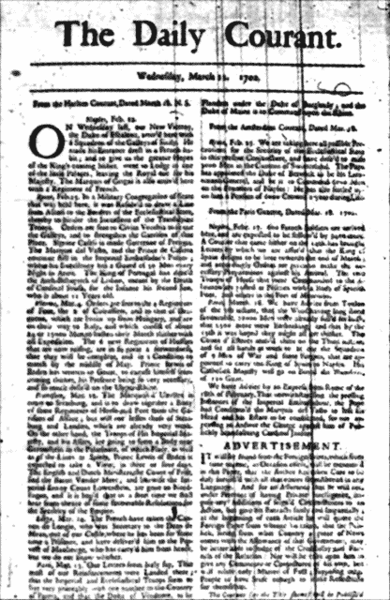 |
All these papers informed people of events
happening in the different European countries, but the news were not “really
new”.
It was not till the invention of the telegraph in 1844 (19th century) that information about important facts arrived nearly as soon as they were taking place. could be transferred within a matter of minutes, allowing for more timely, relevant reporting.
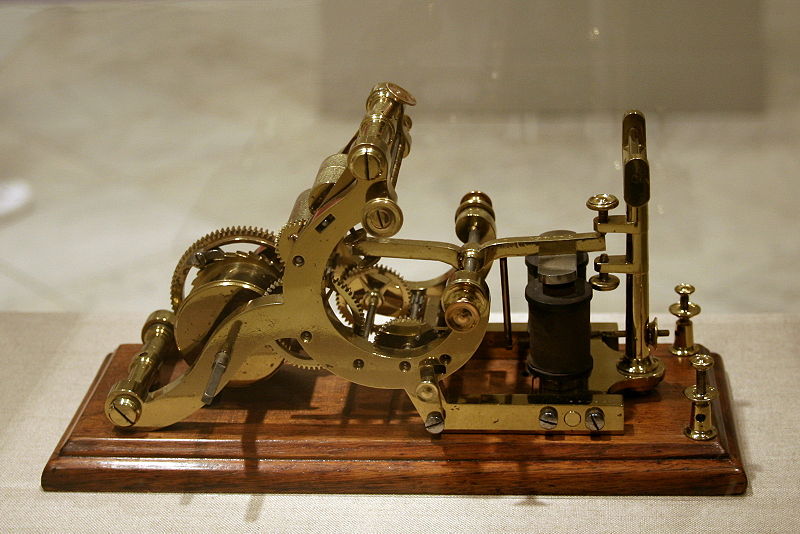 |

|
By 1950 papers had to fight their “personal war” for customers against radio and television, two very powerful opponents. Papers started to use colour pictures in their reports and logos and banners.
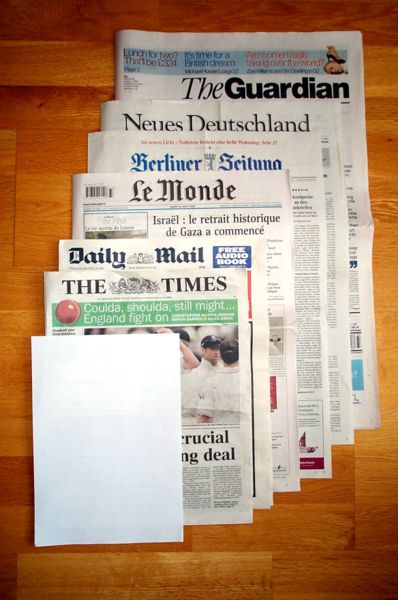 |
The technological revolution that started in the second half of the 20th century is creating new challenges. Newspapers have to compete not only with the radio or the TV but with the internet and mobile phones. Nowadays we can find thousands of online (virtual) newspapers that we can read at a click of our computer

|
The amount and immediacy of information on the Internet is unparalleled, but newspapers in print are still a popular and powerful medium for the reporting and analysis of events.
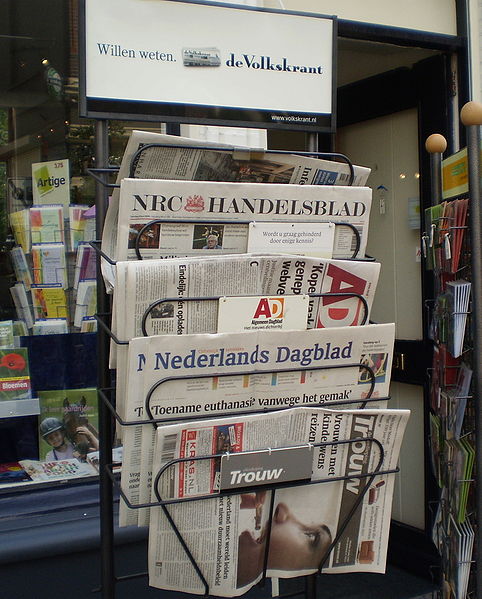 |

Fotografía en Wikimedia Commons
|
Many people in the world read a newspaper every day!
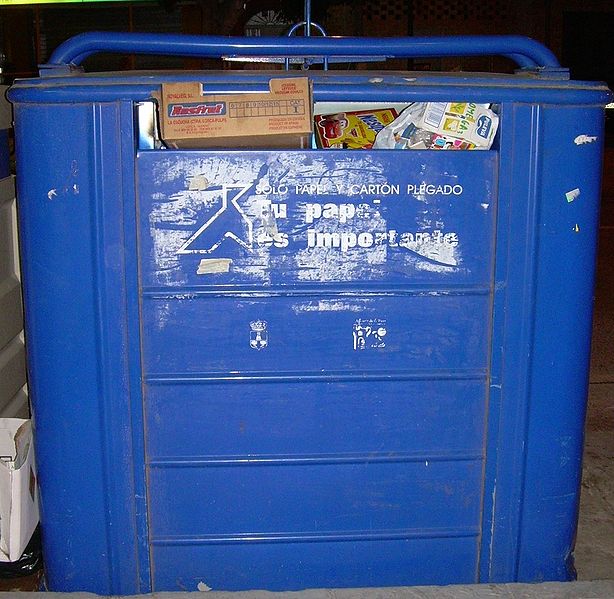 |